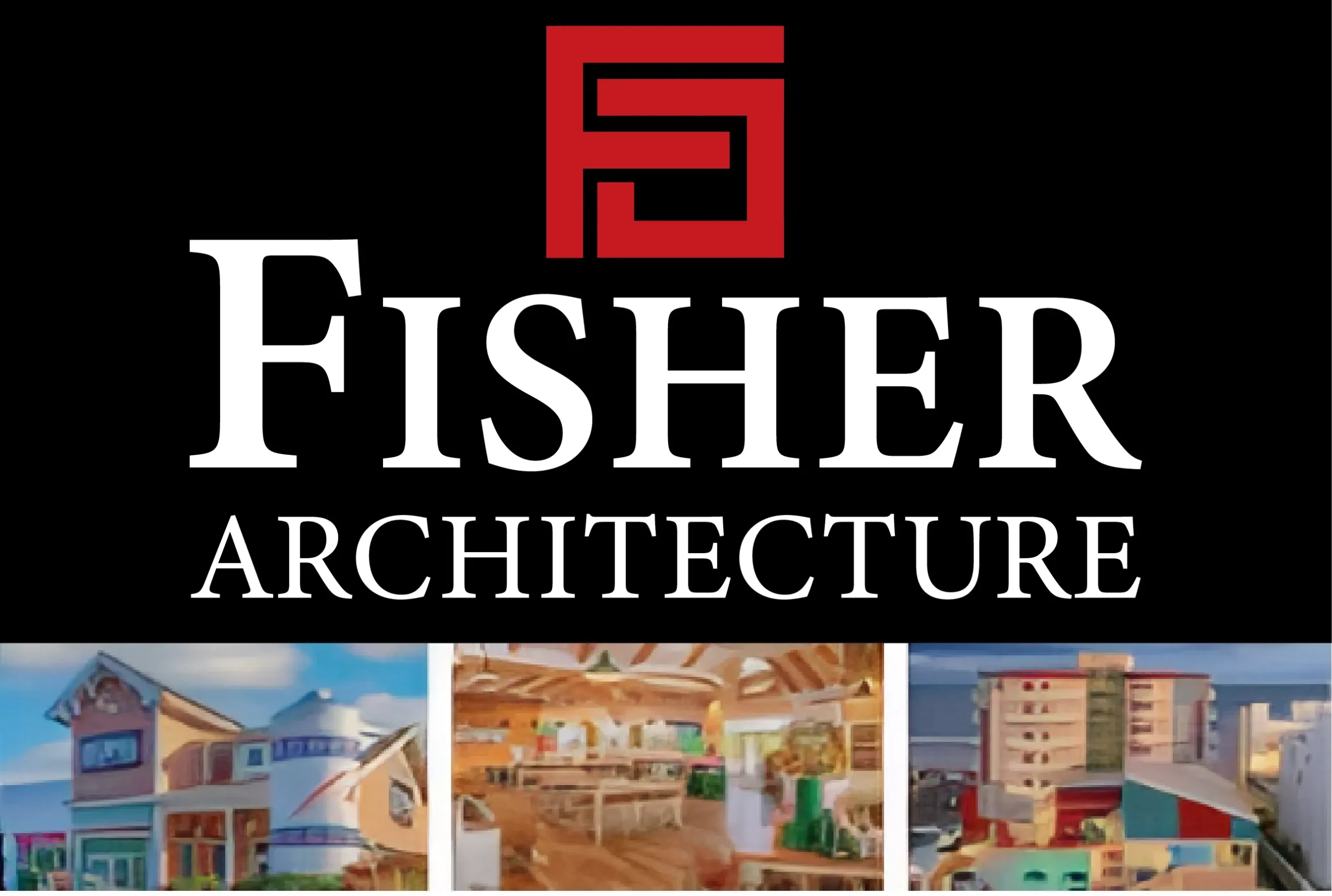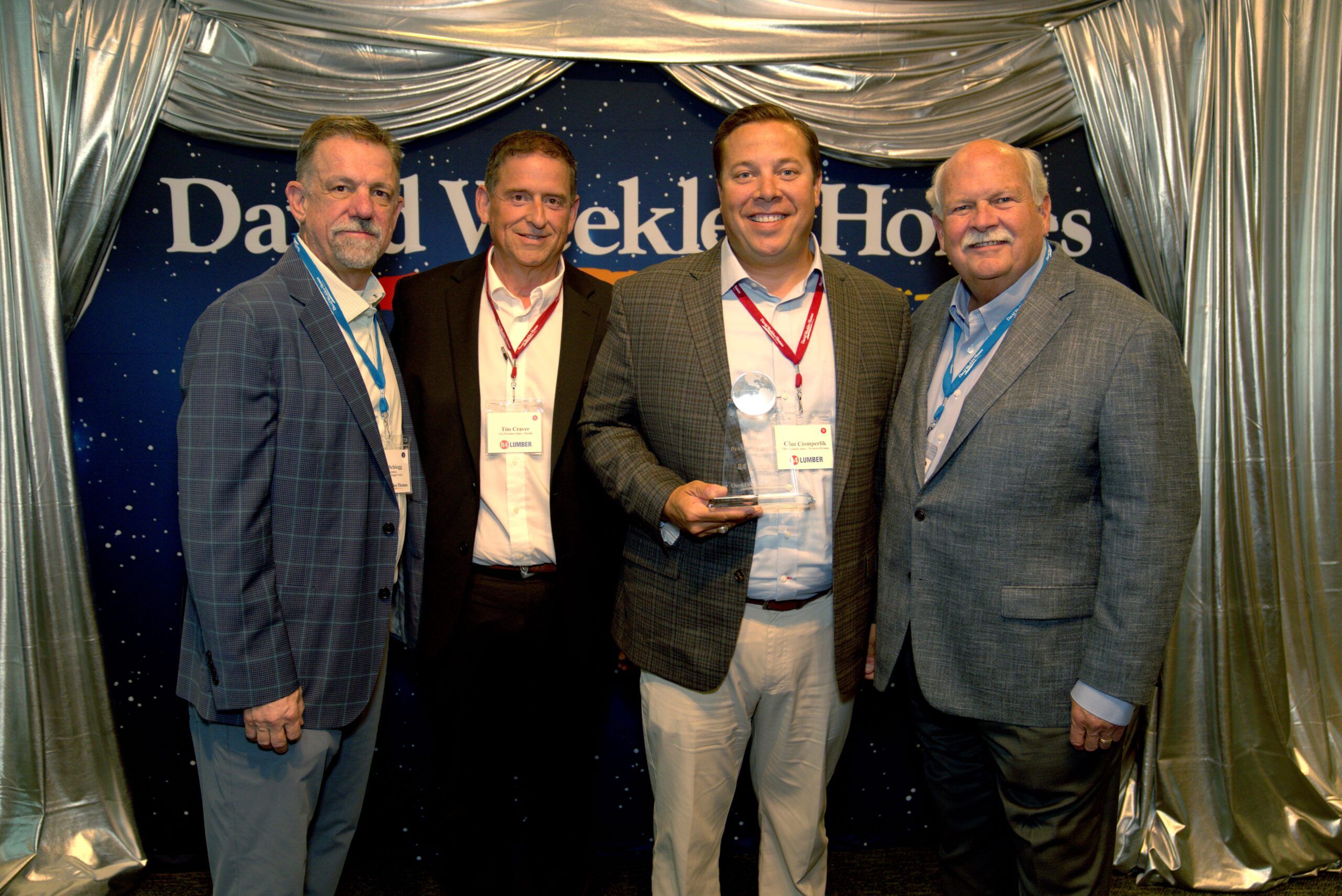In an era where sustainability and resilience are more critical than ever, the construction industry is undergoing a transformation. Today, builders, architects, and homeowners alike are seeking innovative solutions that prioritize safety, energy efficiency, and environmental stewardship. From fire-resistant roofing to eco-friendly insulation, the technologies shaping modern buildings are setting new standards for durability and sustainability. Let’s explore some of these advancements that are revolutionizing how we design and construct spaces.
Enhancing Safety with Resilient Roofing
When it comes to building durability, the roof is one of the most critical components. Not only does it shield a structure from the elements, but it also plays a pivotal role in protecting occupants from fire hazards. Fire-resistant roofing has emerged as a game-changer in this regard, offering a safeguard against one of the most destructive forces of nature.
Modern fire-resistant roofing materials, such as metal panels, clay tiles, and composite shingles, are engineered to withstand high temperatures and prevent the spread of flames. These materials are not only effective in fire-prone areas but also durable enough to handle extreme weather conditions like heavy rainfall, hail, and high winds. For example, metal roofing, known for its non-combustible properties, can last up to 50 years with minimal maintenance.
Investing in fire-resistant roofing not only enhances safety but also provides long-term financial benefits. Many insurance companies offer discounts to homeowners who opt for fire-resistant materials, and the longevity of these roofs reduces the need for frequent replacements. In an age of increasing wildfires and climate unpredictability, fire-resistant roofing is a smart choice for building a resilient future.
Eco-Friendly Insulation for Energy Efficiency
Sustainability starts from within, and insulation is a key component in creating energy-efficient buildings. Traditional insulation materials like fiberglass have been effective but come with environmental drawbacks. Enter eco-friendly insulation, a sustainable alternative that reduces energy consumption while promoting a greener planet.
Materials like cellulose, wool, and recycled foam are gaining traction in the industry. Cellulose insulation, for example, is made from recycled newspaper and treated with non-toxic fire retardants. It boasts excellent thermal performance and a significantly smaller carbon footprint compared to conventional options. Similarly, sheep’s wool insulation is not only renewable but also naturally moisture-resistant and biodegradable.
By improving a building’s thermal envelope, eco-friendly insulation minimizes energy loss, reduces heating and cooling costs, and enhances indoor comfort. For homeowners and businesses, this translates to lower utility bills and a reduced environmental impact. As governments and organizations emphasize the need for sustainable construction practices, eco-friendly insulation is becoming a cornerstone of modern building design.
Precision Airflow with Volume Control Dampers
In the quest for energy efficiency, HVAC systems play a crucial role. One often-overlooked innovation in this space is the volume control damper, a device that allows precise regulation of airflow within a building. These dampers are essential for maintaining consistent temperatures, reducing energy waste, and optimizing overall system performance.
Volume control dampers work by adjusting the amount of air that flows through HVAC ducts. They can be manually operated or integrated into automated systems for seamless control. In commercial and residential settings, these dampers help create comfortable indoor environments while preventing unnecessary strain on heating and cooling systems.
The benefits of volume control dampers extend beyond energy savings. By ensuring balanced airflow, they also contribute to better air quality and reduced wear and tear on HVAC components. For buildings aiming to achieve certifications like LEED (Leadership in Energy and Environmental Design), incorporating technologies like volume control dampers can be a step toward meeting stringent efficiency standards.
Cooling Solutions for Exterior Applications
For businesses that rely on refrigeration, such as restaurants, grocery stores, and food production facilities, exterior walk-in coolers are a vital component. These structures are designed to keep perishable goods at optimal temperatures, but they also face unique challenges, such as exposure to weather and fluctuating energy demands.
Modern exterior walk-in coolers are engineered with durability and energy efficiency in mind. High-performance insulation panels, weather-resistant coatings, and advanced refrigeration systems ensure that these coolers can withstand outdoor conditions while minimizing energy use. Some models even incorporate smart technology, allowing operators to monitor and adjust temperature settings remotely.
In addition to their functional benefits, exterior walk-in coolers are becoming more environmentally friendly. Innovations like energy-efficient compressors and low-GWP (global warming potential) refrigerants are reducing their carbon footprint. As sustainability becomes a priority across industries, these cooling solutions exemplify how technology can balance performance with environmental responsibility.
Building Tomorrow: Where Resilience Meets Sustainability
The future of construction lies in embracing durable and sustainable solutions. Fire-resistant roofing, eco-friendly insulation, volume control dampers, and exterior walk-in coolers are just a few examples of the innovations shaping the industry. These advancements not only address immediate concerns like safety and energy efficiency but also contribute to a broader vision of environmental stewardship.
By investing in these technologies, builders and property owners can create spaces that stand the test of time while minimizing their impact on the planet. As we continue to face challenges like climate change and resource scarcity, adopting innovative building practices is more than a choice—it’s a necessity. Together, we can build a future that is as resilient as it is sustainable.











